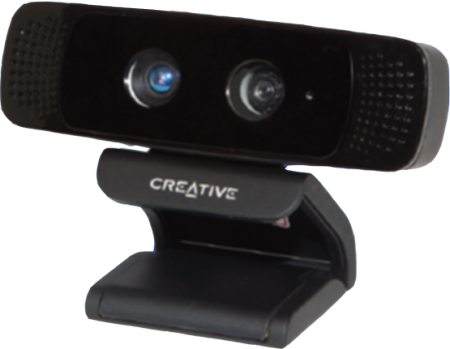
NetworkWorld reports that Intel is actively developing a “depth sensing camera”, which will be capable of detecting “movement, track emotion, and even monitor reading habits of children.”
We already have inexpensive depth cameras available such as the common living room Microsoft Kinects found everywhere. But while the Kinect was revolutionary in its time, its use as a 3D sensing tool has much to be desired.
Our experiments in the lab show that the practical scanning accuracy of a Kinect version 1 is on the order of 5mm when capturing a human subject. And that’s only if they remain absolutely still. It works enough to create basic 3D models for printing, but only just barely.
That’s why we’re very interested in Intel’s new venture into depth cameras. They intend on embedding them into laptops and ultrabooks in the back half of 2014, meaning the world will soon be awash in 3D cameras.
The key will be the associated software. It’s a difficult challenge to interpret the scanned images to extract shape information – and even more so for Intel’s goal of capturing emotions. Evidently Intel will develop software to do so and include it with the device. Software designers can then use the development kit to create applications that use the 3d cameras.
We only hope they’ll create amazing 3D scan solutions.
Via NetworkWorld

